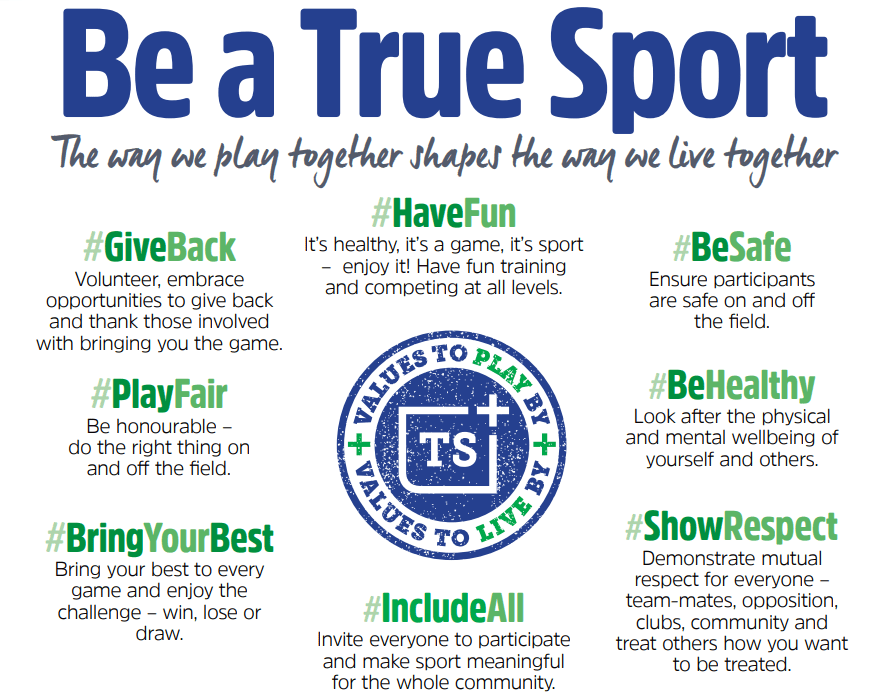To begin with, you might hear some terminology being used that you’re not familiar with – this is completely normal. Your instructor, the skipper or an experienced crew member will be able to explain anything you don’t understand.
Everyone learns at their own pace and with time it will all begin to make sense. However, if you’re enthusiastic about developing your sailing knowledge, you can always do a quick internet search or watch some basic ‘learn to sail’ videos online to fast track this phase of learning.
It’s not necessary to buy any specialist sailing clothing for your first time on the boat, but you may consider this if you decide you would like to continue. Speak to your coach, skipper, or fellow crew members about the most appropriate gear and where you can get it from. They may even know of some great deals or have insight into any tips on choosing the right gear and maintaining specialist gear.
- Bring a hat, sunscreen, and sunglasses (with a tie to stop them falling off if possible) to protect you from the sun and the wind – even if it’s a cloudy day. Zinc is a sailors best friend in a hot Perth summer.
- Long hair should be tied back, and excessive jewellery should be removed so that it can’t be tangled in anything on the boat.
- Comfortable clothing that allows a full range of movement and can be wet at times is best.
- Consider items that will protect you from the sun and the wind.
This is a safety requirement in all “Off The Beach” boats as well as on the coach/safety boats.
- If you follow the instructor, skipper, and crew’s directions, it’s unlikely that you will fall overboard during your time on the boat. For certain types of boats, wearing a life jacket or PFD is mandatory regardless of your preference, and they are recommended if you are not the most confident swimmer.
- Member owned keelboats must be equipped with life jackets or PFDs for it’s capacity, and while it may not be necessary at all times, you will be required to put one on (as a legal requirement) if instructed to do so by the skipper or the crew.
- There are a range of PFDs to be borrowed from the club during club run events and activities but if you would like to sail regularly, we recommend looking into purchasing your own.
- It is best to wear comfortable clothes that are appropriate for the weather on the day and the style of activity. Often a t-shirt and shorts are fine if it’s warm. In any boat, we recommend that you bring a rain jacket to protect you from the wind and spray. It’s also important to remember that is often a little cooler on the water than it is on land, so consider the skipper or crew’s advice, and dress in layers. Even in Keelboats you might get a bit wet so keep this in mind when selecting what clothes to wear.
- Shoes should be comfortable, closed-toed, non-slip, and non-marking. Avoid wearing shoes that may come off easily as you move around the boat and bare feet are also not recommended (and not allowed on some boats). Often a pair of light/white soled trainers will get you going.
- Dinghies are launched off the beach and you sail close to the water so there will always be a point where your legs will get wet, your body may also experience some spray. Wearing a wetsuit, or clothes that you don’t mind getting wet is best. The ability to move comfortably is also ideal, so you can be quite dynamic in the boat if needed.
- While learning, you will likely be bare foot. You can wear a light, flexible pair of shoes that you don’t mind getting wet if you prefer your feet to stay covered.
- Avoid bringing valuables on board as items may get wet, damaged, or lost. If you would prefer to have your phone on the water with you for medical reasons, look at options of a waterproof bag to keep it safe, or consider asking a coach or safety boat to hold onto it.
- Use the bathroom facilities at the Club before you get on the boat, even if you know the boat has these facilities too. You are often on water for a few hours at a time.
- Always hold on to something as you move around the boat – it can jolt, move, or stop suddenly.
- Be aware of where you are sitting, placing your hands or your feet. Keep clear of the rope pulleys and devices (known as ‘winches’ and ‘blocks’). Be careful not to sit or stand on ropes (usually called ‘sheets’ or ‘halyards’). Do not at any time wrap them around your hands. This can help you avoid injuries in the boat.
- Keep your head low, avoid standing and duck immediately if your instructor, skipper or crew tell you to. In the middle of the boat you’ll notice a swinging, horizontal pole (called ‘the boom’) which can cause serious injuries if you get in its way!
- Let the Club, instructor or skipper know before you start sailing if you have a disability, illness or injury that might influence your ability to participate. This is unlikely to mean that you can’t sail – but it is important that they know just in case. Contact the Club or the skipper beforehand if you’d like to discuss exactly what physical activity sailing involves and determine what your limitations might be.
- Instructors will give you a safety briefing before you head out (and skippers may too), but if they forget, don’t hesitate to ask for one.
Most of all, have fun, and don’t hesitate to ask questions while you’re sailing!
The SoPYC Sailing Academy offers weekly training opportunities for our junior and youth development programs.
Our Australian Sailing certified coaches are here to guide the sailors through the program and create a safe and enjoyable environment.
Please find the information about our Junior Learn to Sail program by clicking here.
Please contact [email protected] for any queries about joining the Sailing Academy or for more information about the training schedule.
SoPYC also offers a range of entry-level courses for those who are interested in learning more about the various avenues that sailing has to offer.
Schedule of Events lists all the SoPYC sailing events for the season and includes select events conducted by other sailing clubs.
If you have enjoyed your sailing experience and would like to continue on with the sport, joining the club can open a range of opportunities to support you in the sport and there is a membership option for every situation.
The button below will take you through to our membership page for more information on how to sign up.
Off the Beach Sailors
Click here to find out more
Keelboat Sailors
Boats are always looking for both regular and temporary crew and all boats have different needs so any level of experience are welcome!
Click here for more information
Click here to find out more.
How your Sunday can look as a Volunteer:
Frequently Asked Questions
Below are answers to some Frequently Asked Questions. We normally have a Host at the club on the weekend to help answer more questions or feel free to email [email protected] or [email protected].
The coaches are often busy trying to get ready for their sessions so sometimes have only a limited amount of time to help with specific questions.
Just mention your child is sailing in the programs and write your name in the visitor’s book.
But please be aware the parking spaces are for paid members
The gate is arranged to be open for our Sailing Academy activities and you may expect to be able to access the facilities on Sundays while our activities are on.
If there is a mistake or issue and the gate is closed in this time, please find the Head Coach, Training Coordinator who can assist you.
To have your own FOB access you will be required to be a member.
Often members try to use their Club Membership Login.
If there are problems, please either contact Australian Sailing or the On Water Group at the club.
In the early courses, we need to cover some basic posture and fundamentals on land first. We focus on creating the correct technique on day one as we all know how much harder it is to change bad habits later! As the course and training progresses, more on water time will occur as there is no doubt that it is an essential part of learning to sail.
We have clear pathways for our Juniors and are able to tailor pathways for those who enter the sport later.
Please reach out for advice or fill out an Expression of Interest form on the website and we will follow up.
We do strongly encourage enjoying a multitude of sports, it is great for fitness and many other skills such as team work, communication or tactics. Sports enjoyed young are often sports that stay with you for life or that you find yourself drifting back to when you are older.
Studies show most athletes should not specialize until they are at least 14 in any sport, let alone in a specific sport. One example is that a swimmer won’t know their best stroke until around 14. Runners won’t know their preferred distance until 14, Ball sport positions on courts and fields are the same. Their young bodies and minds are still growing and evolving. Sailing can be more diverse but there are many options at around 14. This is around the age that sailors transition from Junior Sailing into Youth Sailing, exposing them to a range of new options of sailing, including single-handed sailing, doubled-handed, windsurfing, foiling, kiting, keelboats etc. This is a very exciting time in their journey!



